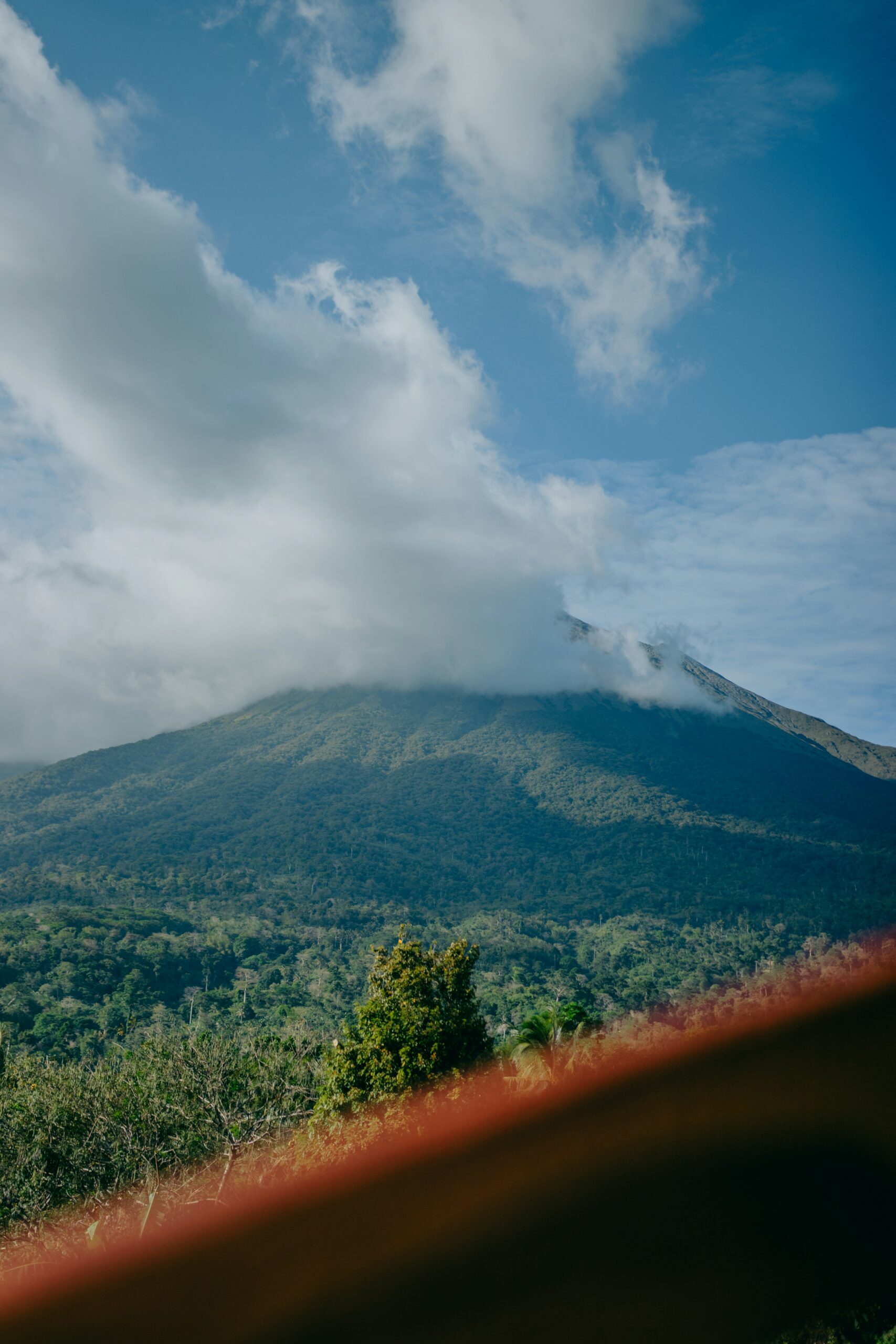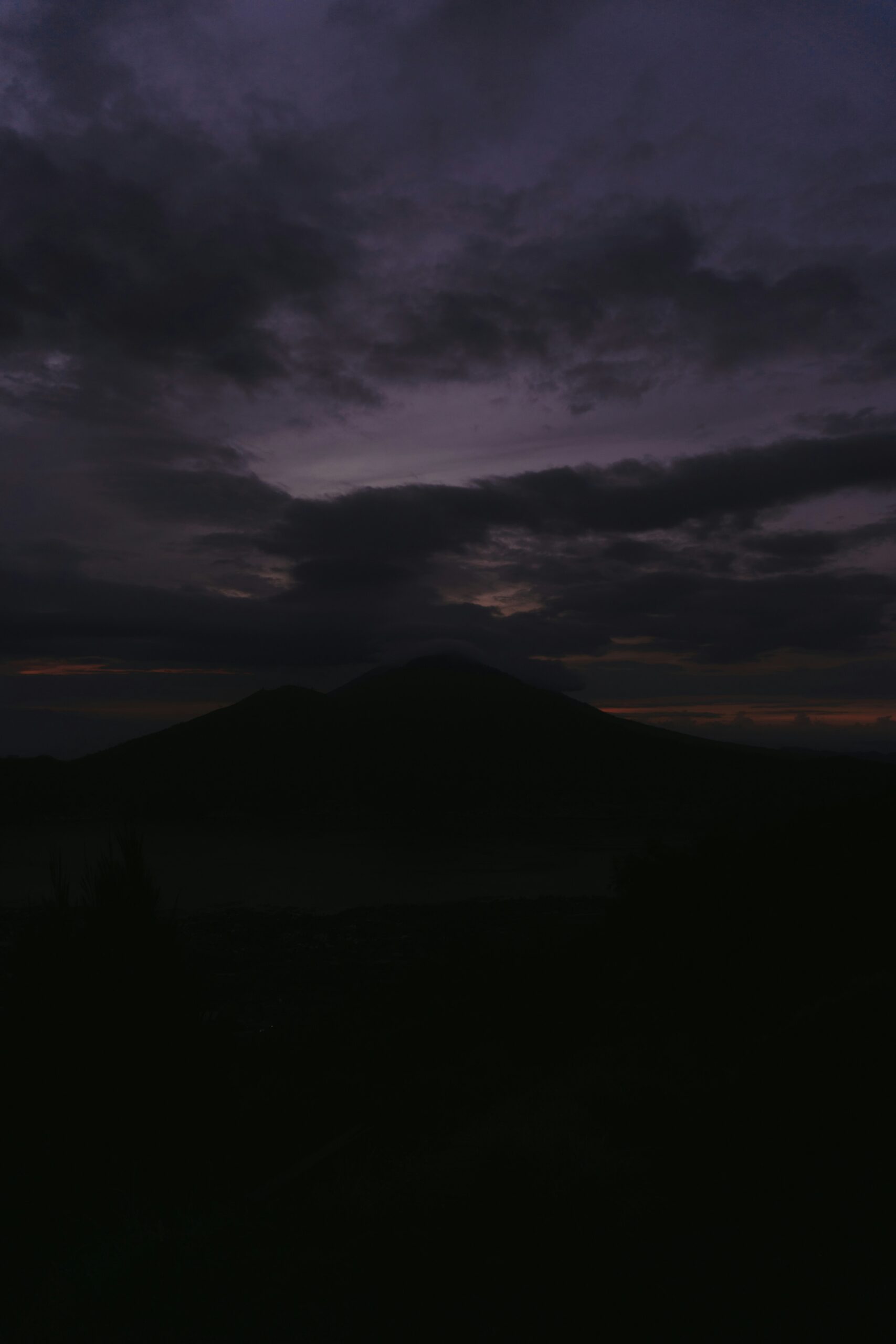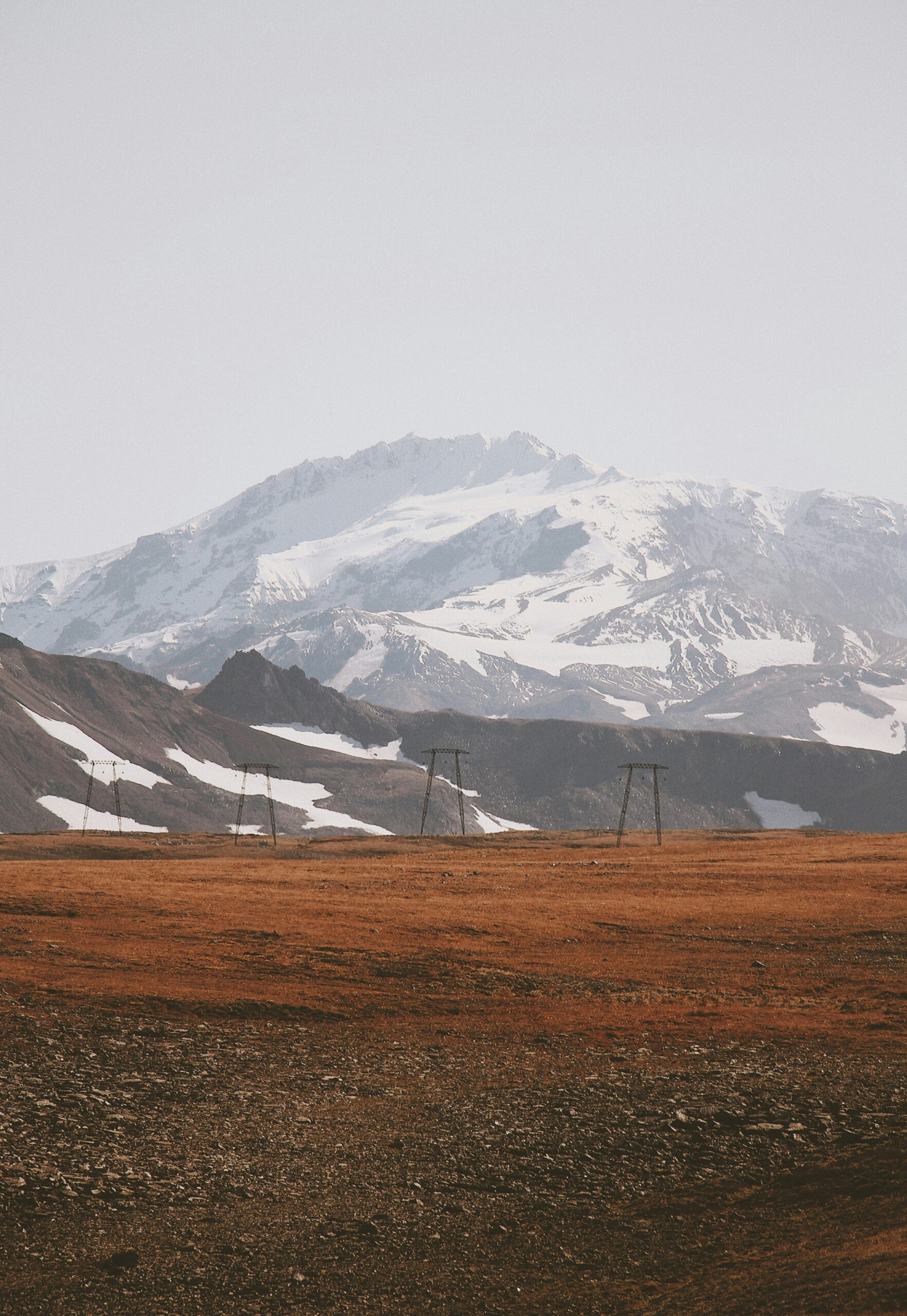Have you ever wondered about the sheer power and mystery that lie beneath the surface of our Earth? Volcanoes, with their towering eruptions and fascinating formations, are one of nature's most intriguing phenomena. Embarking on a journey to understand these fiery giants not only satisfies curiosity but also provides insights into the very forces that shape our world. This geology workshop will guide you through the captivating world of volcanoes, offering a deeper comprehension of their science, significance, and beauty.
Understanding Volcanoes: An Overview
Volcanoes are openings in the Earth's crust through which molten rock, ash, and gases escape. But what causes this phenomenon, and why should you care? These natural structures are not just sources of awe; they play a crucial role in the Earth's ecosystem and geoactivity.
What Causes Volcanoes?
Beneath your feet lies a dynamic world. The Earth's crust, which seems so solid and unyielding, is actually made up of several tectonic plates. These plates float atop the semi-fluid mantle, and their interactions lead to volcanic activity. Imagine the Earth as a giant jigsaw puzzle with pieces in constant, albeit slow, motion. When these plates collide, separate, or slide past one another, they create the perfect conditions for magma to rise and form a volcano.
Why Are Volcanoes Important?
You might think that volcanoes are merely destructive forces, but they are also creators. The lava flow from eruptions forms new land and releases nutrients that enrich the soil. Additionally, geothermal energy harnessed from volcanic activity offers sustainable power solutions. Plus, studying volcanoes helps you understand the profound dynamics of the planet's interior and the geological history of Earth.
Types of Volcanoes
Volcanoes are classified into different types, each with unique characteristics and behaviors. Recognizing these differences can help you predict potential eruptions and understand the diversity of Earth's geologic formations.
Shield Volcanoes
Picture a warrior's shield laid flat on the ground. This is what a shield volcano resembles. They are built almost entirely of fluid lava flows, which travel long distances, leading to their broad, gently sloping sides. Mauna Loa in Hawaii is a classic example of a shield volcano.
Stratovolcanoes
Also known as composite volcanoes, stratovolcanoes are what you typically envision when thinking of a volcano: tall, symmetrical peaks. They consist of multiple layers of hardened lava, tephra, and volcanic ash. These volcanoes are known for their explosive eruptions, with Mount St. Helens being a notorious example.
Cinder Cone Volcanoes
On the smaller end of the scale, cinder cone volcanoes form from eruptions that eject volcanic debris into the air, which then falls back to Earth around the vent, creating a circular or oval-shaped cone. An example is Paricutin in Mexico, which appeared in a cornfield in 1943 and continued to grow for nine years.

The Anatomy of a Volcano
To truly appreciate the power and complexity of volcanoes, you must understand their internal and external structures. Visualizing these components can demystify the processes that result in their awe-inspiring eruptions.
Magma Chamber
This underground reservoir holds magma, the molten rock beneath Earth's surface. When pressure builds, it forces its way up through the conduit, eventually leading to an eruption.
Conduit and Vent
The conduit is the pipe-like channel through which magma travels from the chamber to the surface. The vent is the opening where lava, ash, and gases are expelled during an eruption.
Crater and Caldera
A crater is a bowl-shaped depression around a volcano's vent. If a significant eruption causes the magma chamber to empty and collapse, it can form a much larger depression known as a caldera. Crater Lake in Oregon is a famous example, where a massive eruption led to the collapse of Mount Mazama.
The Science of Volcanic Eruptions
The eruption of a volcano is a spectacular phenomenon that involves complex interactions of physical and chemical processes. Understanding these can help you grasp why volcanoes erupt so violently and unpredictably.
The Role of Magma Composition
Magma composition plays a critical role in an eruption's nature and intensity. High silica content in magma increases its viscosity, often leading to explosive eruptions. Conversely, low-silica, basaltic magma flows more easily, resulting in less violent activity.
Gas Pressure and Release
Volcanoes are like pressure cookers. The gases dissolved in magma—such as water vapor, carbon dioxide, and sulfur dioxide—build up pressure within the magma chamber. When this pressure is released, it can cause explosive eruptions.
Tectonic Settings and Eruption Styles
The location of a volcano influences its eruption style. Convergent tectonic boundaries, where plates collide, often produce explosive, stratovolcano-type eruptions. Meanwhile, divergent boundaries, where plates pull apart, tend to form shield volcanoes with effusive lava flows.

Notable Volcanic Eruptions in History
History offers many lessons through extraordinary volcanic eruptions. Understanding these events can provide insights into the potential impacts of future eruptions, both locally and globally.
Mount Vesuvius, AD 79
One of the most infamous eruptions in history, Mount Vesuvius buried the Roman cities of Pompeii and Herculaneum under a thick blanket of volcanic ash. This eruption offered a unique snapshot of Roman life and remains a key study in volcanology.
Krakatoa, 1883
This cataclysmic eruption in Indonesia was so powerful that it was heard 3,000 miles (4,800 km) away and caused massive tsunamis, killing over 36,000 people. The eruption of Krakatoa also affected global climates, reducing average temperatures and creating vivid sunsets worldwide.
Mount St. Helens, 1980
The eruption of Mount St. Helens in Washington State, USA, marked one of the most studied volcanic events in history. The tremendous landslide and subsequent eruption drastically changed the surrounding landscape and provided critical data on predicting and understanding volcanic behavior.
The Impact of Volcanoes on the Environment and Society
Volcanoes have profound effects on both the environment and human society. These impacts can be both destructive and beneficial, shaping landscapes, ecosystems, and human communities.
Lava Flows and Pyroclastic Density Currents
Lava flows carve new land but can destroy everything in their path. Pyroclastic density currents—fast-moving clouds of hot gas and volcanic matter—are lethal, obliterating life and property with temperatures reaching over 1,000 degrees Celsius.
Volcanic Ash and Air Travel
Volcanic ash, composed of tiny fragments of rock and glass, can cause short and long-term damages. When entering the atmosphere, it poses severe risks to air travel, as seen in 2010 when Iceland's Eyjafjallajökull eruption grounded European flights.
Climate Effects
Volcanoes can influence global climates. Certain massive eruptions inject sulfur dioxide into the atmosphere, forming particles that reflect sunlight and cool Earth for years. However, these climatic changes can disrupt weather patterns, impacting agriculture and ecosystems adversely.

Predicting Volcanic Eruptions
Predicting when and how a volcano will erupt remains a major challenge. But advancements in technology and science are enhancing your ability to forecast these events.
Monitoring Techniques
Scientists employ various techniques to monitor volcanic activity. These include seismographs to detect earthquakes, ground deformation measurements, and gas emissions monitoring to track changes in volcanic gases like sulfur dioxide.
Satellite Remote Sensing
Satellites offer a bird's eye view, allowing for widespread monitoring. They can track thermal anomalies, gas emissions, and surface deformations efficiently, often providing the first warning signs of potential eruptions in remote areas.
Challenges and Innovations
While much progress has been made, predicting volcanic eruptions is still fraught with uncertainties. Innovations in AI and machine learning are being tapped to analyze large datasets and potentially improve predictive models.
Volcanoes as Power Sources
Beyond their destructive power, volcanoes are amazing sources of energy. Harnessing their heat offers a sustainable energy solution that can significantly benefit your world.
Geothermal Energy Potential
Volcanic regions are rich in geothermal energy, where Earth's internal heat can be converted into electricity. This renewably sourced power is environmentally friendly and is already being utilized in countries like Iceland, where geothermal energy accounts for a substantial portion of the energy supply.
Future Prospects
By exploring technologies to capture heat from magma bodies, you can further expand the use of geothermal energy. This could provide clean, abundant power and reduce reliance on fossil fuels, offering a brighter, sustainable future.
Challenges in Geothermal Energy
While promising, geothermal energy extraction faces several hurdles, including initial high costs, location-specific availability, and the risk of triggering seismic activity. Overcoming these challenges will be key to broader adoption and integration into energy portfolios.
Engaging with Volcanoes: Tourism and Education
Volcanoes attract millions for their sheer majesty and mystery. From recreational visits to educational tours, they offer profound experiences for those keen to engage more deeply.
Volcano Tourism
Traveling to volcanic sites provides a unique opportunity to witness nature's power firsthand. Destinations like Hawaii, Iceland, and Italy's Mount Etna draw tourists eager to explore craters, hike lava fields, or soak in geothermal hot springs.
Educational Programs and Workshops
Education expands your understanding of volcanoes' roles in Earth's systems. Workshops and programs designed for students and enthusiasts provide hands-on experiences, where you can conduct experiments, study eruption models, and engage with experts in the field to deepen your geological knowledge.
Safety and Conservation
While engaging with volcanoes is thrilling, safety must come first. Understanding volcanic risks, following guidelines, and supporting conservation efforts are essential to protecting fragile volcanic environments while enjoying their beauty.
Volcanoes in Culture and Mythology
Beyond their scientific and economic significance, volcanoes hold a special place in culture and mythology, reflecting humanity's historic interactions with these natural wonders.
Mythological Interpretations
In many cultures, volcanoes are seen as dwellings of gods due to their formidable power. For example, the ancient Greeks believed Hephaestus, the god of fire and metalworking, worked his forge within the island of Lemnos' volcano. These myths depict the fear and reverence that volcanoes have inspired across ages.
Impact on Art and Literature
Volcanoes have also been immortalized in art and literature. From paintings depicting the eruption of Vesuvius to the romantic writings of naturalists witnessing firsthand eruptions, volcanoes spark creativity and reflect nature's profound impact on human expression.
The Symbolism of Renewal and Destruction
Volcanoes symbolize the dual forces of destruction and renewal. While their eruptions can be devastating, they also bring new life to landscapes, embodying the cycles of nature—destruction paving the way for creation.
Bringing It All Together: The Ever-Relevant Study of Volcanoes
Volcanoes impact many facets of life, from shaping continents to influencing climate. Through studying volcanoes, you gain insights into Earth's history, learn about natural resource management, and develop strategies for living in harmony with these dynamic forces.
By engaging in a geology workshop dedicated to volcanoes, you're not just learning about eruptions and lava flows but understanding a piece of your planet's story. This exploration cultivates respect for nature's power and beauty, equipping you with knowledge and appreciation that extend far beyond the science alone. Your journey into the fascinating world of volcanoes is just beginning, and there's so much more to discover and learn about these magnificent geological phenomena.
So, the next time you glance upon a distant towering peak or hear of a volcano stirring somewhere across the globe, remember the complexities and wonders that lie beneath. These geological marvels continue to shape our world, offering endless opportunities for exploration, understanding, and awe.
